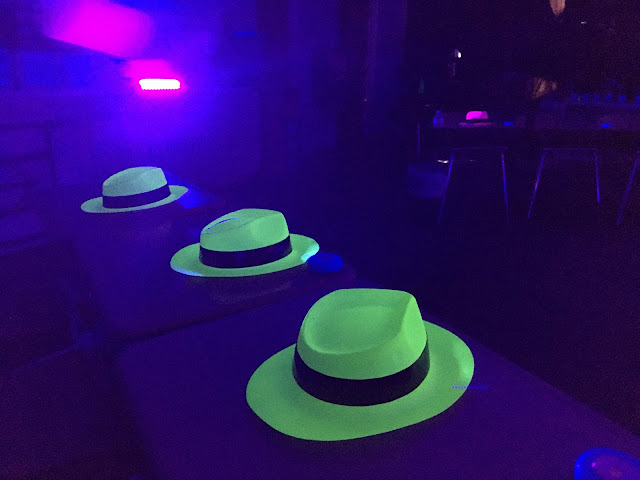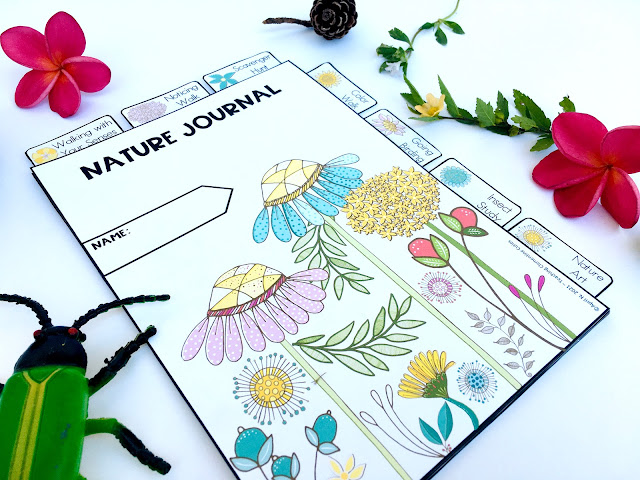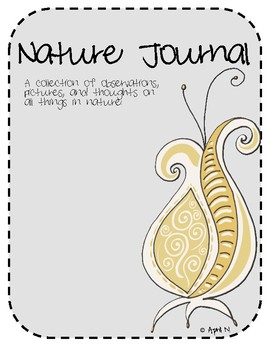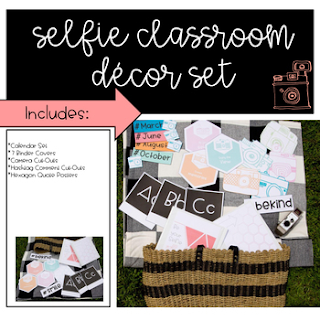Teaching multiplication facts, and having students actually commit them to memory is something that many teachers dread. It is so hard to get the support at home or motivate students at school to do it, and yet it is imperative that students build fact fluency for times tables. They need to know them with automaticity to make higher math easier. Times tables are often memorized in third grade, but are sometimes started in second or held off until fourth.
There is a push lately to not have kids memorize the multiplicaiton facts at all, and that just seems like a huge mistake. I have taught for enough years to have seen first hand how much it slows students down in their math work when they do not have automatic recall on times tables.
Some argue that students should not just memorize, but should understand the concept with lots of hands-on learning. I agree that building understanding is important, but that doesn't mean that you cannot do both, because it is a real handicap when 5th grade students, or even 4th graders do not know their facts.
We all know how boring it can be to simply sit around doing flashcards and struggling to memorize a mountain of new information. So for many years, I have been on the quest for how to make this process easier, less painful, and even fun. I have done all sorts of things and tried all sorts of programs, and finally I have come up with my own flow that works for me and for my students.
One of the amazing things that I use in my classroom is room transformations. I just love them and so do the kids. They pack a powerful punch to jumpstart learning or to wrap it up. Let me tell you about Spy Academy.
Spy Academy opens up with a spy-themed glow day. From Hope King, I learned that if you hang white yarn here and there in your room from floor to ceiling, it looks like laser beams...perfect for a spy-themed day. I like to meet my students in the hallway at the door. Before they come in, I have them scan their finger on a free app that is like a finger-reading spy code. Then students get to come in the room. Of course it is dark, with glowing elements. I use spy hats that I purchased for a dollar each at Dollar Tree. They are perfect for placing the students in groups because the hats also come in different colors.
Something else that is both easy and fun during our Spy Academy is a fact sheet. What makes it extra fun is to give each student a neon colored highlighter to write with. Students love seeing the numbers glow on their page.
After we enjoy our kick off of Spy Academy, I test my students to see where to place them in the Spy Academy Levels. Each student does fact investigations for each level until they cannot complete the one minute timing or they get an answer wrong. That is the level I will place them at to start with. The great thing is that this can be completely differentiated for each student. One student may just be starting out, and need to work on the 0's facts, while another may be ready for the 4's.
Once I have done a placement test, I settle the class into a routine. We learn one level each week with a test on Friday. If the student does not pass the test by Friday, they will not level up. They will spend more time practicing the same level. Every student has a fingerprint card (similar to when you get a background check). Every time a student goes on to the next level, he or she stamps a certian fingerprint on his/her card. Once the card is full, they are ready to graduate from Spy Academy and become a multiplication secret agent. I also keep a sheet for each student where I record the facts he/she has learned. I try to update them every Friday, but if for some reason I get behind, I just catch up as soon as possible.
To test each student I have one or two ways that I can do it. First, I could give them the one minute fact investigation sheet. If they can write all the answers correctly in that time, I know they are fluent with that fact set. The other way I like to do it is to do an oral test with flash cards. They should look at the card and almost immediately say the answer. If they get an answer wrong or hesitate, I do not pass them to the next level. I want the students to know the answers with automaticity. It is so important as they move up in math.
For each student that passes, I have trading cards that they can earn. They can easily be kept in a plastic sandwich bag, and students can continue to add the cards until they collect one for each set. Once a student has completed all the levels and has all the collector's cards, he/she will try to figure out the secret scrambled phrase. Each card has one letter in the phrase and must be laid out in the correct order. If a student cannot figure out the phrase, I will give them hints so they can be successful.
Once every child has been placed in a level, we can build our daily routine that will help him/her be successful with learning their facts for that level. I try to engage the student in many different learning styles. They have parts to the training program that they will do each day. Some parts they will get to choose.
We begin with a daily fast fact investigation. Students get one minute to complete a investigation of the fact level they are working on (0-12). If they complete the level, I will check the paper to make sure they did not skip any or get any incorrect answers. If they do not finish, I like to have them write the missed ones three times --- writing the problem then the answer, then the problem then the answer, three times. When I have them do this, they are saying each fact with the answer three times. They are seeing and writing it.They are engaging many different learning styles all at once and it helps them memorize the facts quicker than when I did not have them write the ones they missed.
The next thing is to have students find a partner for a quick partner practice. With this, partners sit facing each other. One student has a set of facts (on a ring clip) without answers while the other has a set of facts with answers. The student without the answers will go first. The partner will flip a one minute sand timer over. The first student will read the problems and say the answers as fast as he or she can. If he/she finishes before the timer runs out, he/she will simply go back to the start of the card and read it again until the timer runs out. The other partner will be checking the answers on his/her card as their partner reads. If an incorrect answer is given, the parnter who is checking answers will say the problem with the correct answer. The partner who is practicing will repeat the problem with the correct answer three times before moving on. This is a great interpersonal learning tool as well as engaging auditory learning.
I think it is also important to have a whole class practice. Sometimes I simply hold up flashcards for the class to see and let them shout out the answers, other times I will play a quick and easy whole class game with them. Variety is key.
The first game I like to play is called The Stand Up Game. Each student will stand by his or her desk and be ready to answer when I show him/her a flashcard. If he/she answers correctly, he/she will stay standing. If not, he/she will sit down and the next student will get a chance to try the same card. All students are expected to watch the cards as the other students play. The last student standing is the winner or whoever is still up when we run out of time. I just keep cycling through the fact cards that I have chosen for them to practice. The other game we love to play is called Around the World. In this game, two players stand up. A flashcard is shown and the first player to say it aloud continues on, while the other player sits back down. The winning player will stand beside the next student who is closest to him/her and the play will repeat with a new card. Each round one player is out and sits down, while one continues on moving around the room. The winning player is the last player standing once all students have had a chance to answer one card. One last game I love to play is a Multiplication Relay Game. It is best played outdoors when we need a brain break or at the end of recess before we head back in. I divide the class into two teams. The teams line up on one side of the playing area. On the other side of the playing area, I set a stack of cards for each team. I stand in the middle between the students and the cards. The first player from each team runs down, picks up a card, runs to me, shows their card and says the answer. If the player gets the answer correct, he/she will give me their card and tag the next player in line who runs down for the next card. If a player gets the answer incorrect, he/she cannot try again until he/she takes the card and runs down to his/her team to get the correct answer and then he/she comes back to tell me. The first team to finish all their cards is the winner.
Something else that I like to do for whole class practice is to stand at the door with a stack of flashcards when we are heading out of the classroom. Each student in line must answer a question correctly before he/she can go out of the class. If he/she does not answer correctly, he/she will go to the back of the line to try again.
For individual practice I have lots of different types of Spy Academy practice cards I can use. The first is a Pat-Down Card. The student holds out the card, says whatever is in the first circle while they pat the shoulder on the opposite side of their body (the side that is holding the card) with their empty hand. They say the next circle while patting the inside of their elbow. They say they say the answer while patting their wrist. I have some cards with answers and some without. Students who are stuggling can use the cards with answers first and build up their skills. I love these cards beacuse they are kinesthetic. They get students moving. Students are also crossing the midline and engaging more of their brain.
The next card students can use is a Secret Code Card. The best thing to do with this card is to use an invisible ink pen and write the answer at the top. Students can "press" the numbers and then shine a glow light at the top of the card to check their answer. I mean what kid does not like to use a glow light and invisible ink? It is super fun.
I also have regular spy-themed flash cards that students can use in school or take home. Students will just focus on the cards for each level and add them to any old sets they have memorized previously. They can also use my skip counting files where they are focusing on just one set, but practicing in order so they are basically using skip counting or multiples.
Once students go through all the levels, I have them do a mixed review. Students have a 5 mintue final fact investigation that includes all the facts, mixed up, from 0-12. Students may need to work on this for a while before they master them with automaticity.
While they are doing review work, I like have other review activities that cover a variety of fact levels to help them practice. They enjoy using task cards or using the cards to play a game of scoot. I introduce problem solving with multiplication facts.
While they are doing review work, I like have other review activities that cover a variety of fact levels to help them practice. They enjoy using task cards or using the cards to play a game of scoot. I introduce problem solving with multiplication facts.
My class LOVES to play games, and so multiplication practice would not be complete without playing games. While we are working on Spy Academy, I love using a spy themed game. It is called Find Five. In the game, students are racing to be the first to cover five spaces on the board. It is perfect for partners or teams of students.
Once students master all the multiplication facts, I love to make a big deal about it. It is a HUGE accomplishment for them. One great way to do this and tie into the theme is to host an Spy Academy graduation ceremony. Students will be awarded with a certificate stating that they are Multiplication Secret Agents and it would be great to find some little plastic police or detective badges to place on each agent's shirt. Finish it all off with a small treat.
Teaching the multiplication facts can be fun! They can be exciting! Your students can learn them in a small amount of time. Figure out what works best for your class and get started.
If you are interested in any of the resources mentioned or shown, click the pictures below.










































